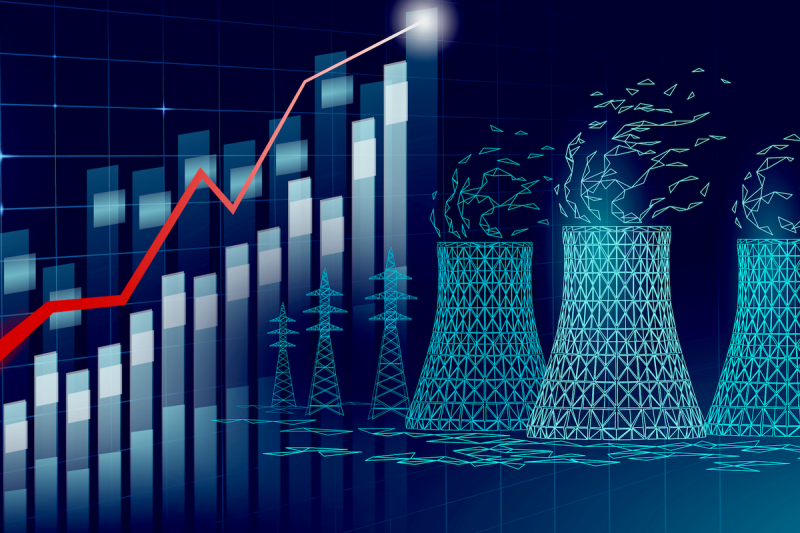The United States’ Ambitious Plan to Triple Nuclear Power Capacity by 2050
The plans set forth by the United States to triple their nuclear power capacity by the year 2050 are nothing short of ambitious. This transition towards nuclear energy signifies a significant shift in the country’s energy portfolio, showing a willingness to embrace cleaner and more sustainable forms of power generation. However, such a monumental undertaking is not without its challenges and considerations.
One of the key motivations behind this plan is the urgent need to reduce greenhouse gas emissions and combat climate change. As a low-carbon energy source, nuclear power plays a crucial role in achieving these objectives. By significantly expanding its nuclear capacity, the United States aims to lessen its dependence on fossil fuels and make meaningful progress towards a more sustainable future.
Moreover, increasing nuclear power capacity could also enhance energy security and grid reliability. Nuclear plants provide a stable source of baseload power that can supplement intermittent renewable energy sources like wind and solar. This diversity in the energy mix can help ensure a more resilient and robust electrical grid, less susceptible to fluctuations in supply and demand.
However, the path to tripling nuclear power capacity in the United States is not without its obstacles. One of the primary challenges lies in addressing public perception and concerns surrounding nuclear energy. Issues such as safety, waste disposal, and the potential for accidents have long been points of contention for nuclear power. Overcoming these barriers will require effective communication, transparency, and clear regulatory frameworks to ensure the safe operation of nuclear facilities.
Furthermore, the high costs associated with building new nuclear plants and the lengthy construction timelines pose significant economic challenges. The capital-intensive nature of nuclear projects necessitates long-term investment commitments and financial incentives to attract private sector involvement. Additionally, regulatory hurdles, licensing delays, and political uncertainties can further complicate the path towards expanding nuclear capacity.
To successfully triple nuclear power capacity by 2050, the United States will need a comprehensive and integrated approach that addresses both technical and non-technical aspects of nuclear energy development. This includes streamlining regulatory processes, investing in research and development for advanced nuclear technologies, fostering public engagement and education, and ensuring a skilled workforce to support the industry’s growth.
In conclusion, the United States’ plans to triple nuclear power capacity by 2050 represent a bold step towards a more sustainable and low-carbon energy future. While there are undoubtedly challenges and complexities to navigate, the potential benefits of expanding nuclear capacity are significant. By prioritizing safety, innovation, and stakeholder engagement, the United States can harness the full potential of nuclear power to meet its energy needs while reducing its environmental impact.

